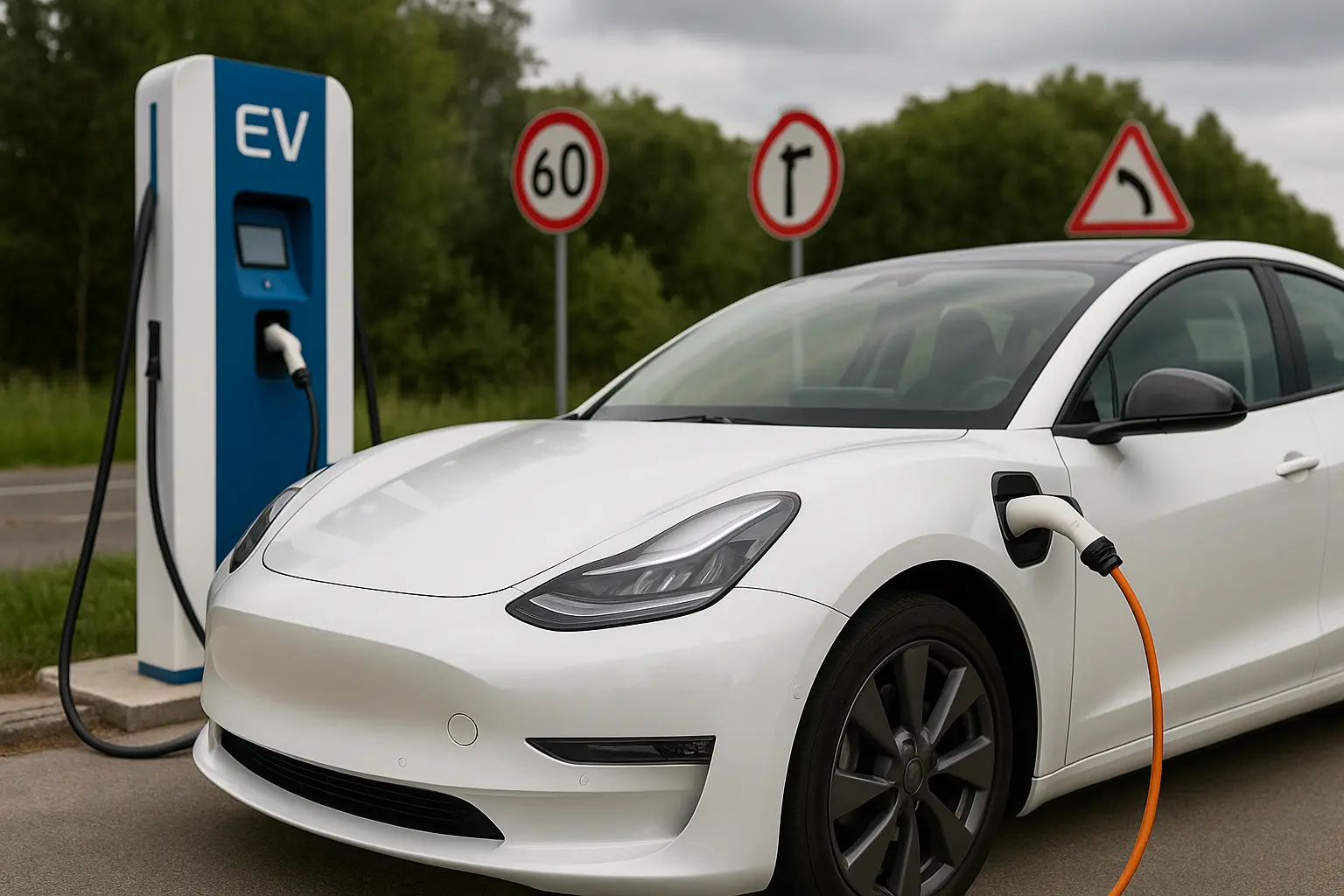How Australia’s Road Rules Differ by State – A Driver’s Cheat Sheet
Australia may have a national driver licensing system, but road rules can—and often do—differ across states and territories. For Australians who frequently travel interstate, drive for work, or are planning a road trip around the country, understanding the unique quirks of local driving laws can help avoid fines, demerit points, and confusion.
This blog is your comprehensive cheat sheet to how road rules vary across New South Wales (NSW), Victoria (VIC), Queensland (QLD), South Australia (SA), Western Australia (WA), Tasmania (TAS), Northern Territory (NT) and Australian Capital Territory (ACT).

🚗 1. Licensing and Learner Driver Restrictions
NSW vs VIC
NSW Learner Drivers must complete 120 logbook hours, including 20 hours of night driving.
VIC Learners also need 120 logbook hours, but the night-driving requirement is only 10 hours.
Interstate Consideration
A VIC learner driver driving in NSW must follow NSW restrictions, including the higher night driving rule.
Provisional Licence Differences
NSW P1 licence lasts 12 months, followed by P2 for 24 months.
In QLD, provisional licences (P1 and P2) follow a similar structure, but you can hold them for a longer period if you commit driving offences.
🚦 2. Speed Limit Differences
School Zones
NSW: School zones operate from 8:00 am to 9:30 am and 2:30 pm to 4:00 pm on school days.
VIC: Times vary by school, and some zones are permanent (24/7).
QLD: Mostly 7:00 am to 9:00 am and 2:00 pm to 4:00 pm.
General Speed Limits
NT used to have open speed zones, now capped at 130 km/h.
ACT has stricter enforcement—many arterial roads are posted at 40 or 50 km/h, even if traffic conditions allow for more.
Speed Tolerance
VIC: Low tolerance; exceed the limit by even 3 km/h and you risk a fine.
QLD: Up to 10% leniency in practice, though not officially recognised.
📵 3. Mobile Phone Laws
Touchscreen GPS or Apple CarPlay?
NSW and VIC allow use of dash-mounted phones for navigation if they are in a cradle and not obstructing view.
QLD and WA have introduced laws to penalise multiple touches of the phone, even in cradles.
Strictest States
ACT and QLD have mobile detection cameras, and even tapping to change songs can result in a $1,000+ fine and 4 demerit points.
🛑 4. Alcohol Limits and Drug Testing
Learners and Probationary Drivers
Across all states, L and P drivers must maintain a 0.00 BAC.
General Limits
NT and WA have more lenient follow-up procedures for low-level offences (0.05–0.07) compared to NSW or VIC, where immediate penalties may apply.
Drug Testing
VIC and NSW frequently run roadside drug testing (RDT) programs, often near music festivals or high-traffic zones.
SA is now pushing toward more saliva-based testing for multiple drug categories.
🚘 5. Roundabouts and Indicators
One of the most common confusions between states is how to signal in roundabouts.
Leaving the Roundabout
NSW & QLD: You must indicate left when exiting, even when going straight.
VIC: This is not strictly enforced, though encouraged.
Right Turns
All states require indicating right when turning right at a roundabout, but how long you must hold the signal differs slightly.
🔄 6. U-Turns and Hook Turns
U-Turn Rules
NSW: U-turns are only permitted when signed.
QLD & SA: U-turns are permitted at traffic lights unless explicitly signed otherwise.
Melbourne’s Infamous Hook Turns
Exclusive to VIC, mainly Melbourne CBD. Drivers turning right must pull to the far left lane, wait until the intersection clears, then turn across traffic.
No other state uses hook turns, so this can confuse visitors.
⛔ 7. Road Signage & Markings
Different Meanings
WA still uses “Keep Left Unless Overtaking” signs on some 80 km/h zones, which is normally a 100+ km/h rule in other states.
Some TAS school zone signs lack flashing lights, increasing risk of misjudgment.
🚙 8. Seat Belt & Child Restraint Laws
All States
Seat belts are mandatory for all occupants.
Children under 7 years must be in a child restraint, but how that's enforced varies.
Variations
NSW: Stricter child seat installation inspections.
QLD: Allows use of taxi-specific exemptions when no restraint is available, provided child is in rear seat.
🚧 9. Towing Rules & Trailer Limits
QLD: Enforces trailer braking rules if weight exceeds 750kg.
NSW & VIC: Slightly stricter on towing combinations—driver must hold the appropriate class of licence for car + trailer over a certain weight.
Towing Speed
WA & NT: Max towing speed is 100 km/h, even where the regular limit is higher.
VIC & NSW: Default to posted limits unless sign says otherwise.
🌦️ 10. Headlight and Fog Light Usage
In Rain or Fog
NSW & VIC: Must use headlights when visibility is reduced.
QLD & WA: More tolerance for daytime driving without lights.
Fog Lights
In NSW and ACT, you can be fined for using fog lights in clear weather.
🛣️ 11. Roadside Assistance & Breakdown Protocols
While not a "law", how you handle breakdowns is regulated differently:
QLD recommends pulling off the motorway completely, even onto grass verge.
NSW's RMS has Emergency Stopping Bays that must be used if close.
TAS and SA advise placing hazard triangles, especially in country roads, with stricter guidelines on visibility.
📋 12. Number Plate & Registration Rules
Number Plate Styles
Each state issues different plate formats; NSW has new black and white premium plates, while VIC offers Euro plates.
Rego Stickers
No longer required in any state, but many interstate visitors still look for them.
Registration Transfer
Moving interstate requires changing registration within:
NSW & VIC: 14 days
QLD: 14 days
SA: 90 days
WA: 3 months
Late changes can result in registration cancellation or fines.
📢 13. Noise & Vehicle Modifications
Exhaust and Noise Levels
NSW: Police use decibel meters on-site.
SA: Stricter limits on exhaust modifications, especially in metro areas.
Lift Kits and Suspension Mods
QLD: Allows up to 75mm total lift (50mm suspension + 25mm tyres) without engineering certification.
NSW: Anything over 50mm total requires engineering sign-off.
🔋 14. EV-Specific Road Rules
EV Lane Use
NSW and VIC: Some EVs may access transit lanes depending on signage.
QLD: No such allowances yet.
Charging Etiquette
New legislation in TAS and ACT fines petrol or diesel cars blocking charging bays, a law not yet rolled out nationally.
🛑 15. Demerit Points & Licence Suspension
NSW: 13 demerit points (full licence) before suspension.
VIC: 12 points max.
QLD: Good behaviour licence offered if you exceed points but agree to 12-month zero-tolerance.
SA and NT: Point limits differ by vehicle class (e.g. truck vs car).
Double demerits apply on holidays in:
NSW
WA
ACT
But not in VIC or SA.
🗺️ 16. Road Trip Tips: Driving Interstate? Do This First
If you're planning to drive across states:
Check school zones and speed limits for each state.
Know your rego status; some states allow you to renew online, others require inspections.
Pack compliant child restraints, especially when flying in and renting.
Understand towing and U-turn laws—they can flip dramatically at the state line.
Use official state apps like:
NSW Rego Check
VicRoads app
QLD TMR App
✅ Final Thoughts: Stay Road Rule Savvy
Australia’s decentralised driving laws can be tricky, especially when rules subtly shift across borders. What’s legal in Queensland might get you fined in Victoria. From mobile phone rules to towing laws and learner restrictions, every Aussie driver should be aware of the state-specific differences before hitting the road.
Use this cheat sheet as your go-to resource, whether you’re prepping for a long trip or just curious about how your state stacks up.
Leave a comment
Your email address will not be published. Required fields are marked *




















